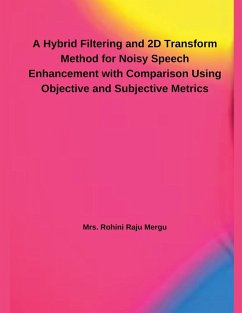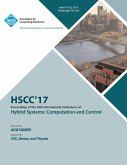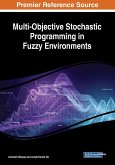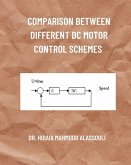Speech is the vocalized form of human communication. It is based upon the syntactic combination of lexical and names that are drawn from very large vocabularies. Enhancement means an increase or improvement in quality, value, or extent. The objective of speech enhancement is improvement in quality and/or intelligibility of degraded speech signal using audio signal processing techniques. Speech is corrupted by different types of noises. Hence speech quality and/or intelligibility is degraded. Enhancing speech degraded by noise is the most important field of speech enhancement. Speech enhancement used in many applications such as mobile phones, VoIP, teleconferencing systems, speech recognition, and hearing aids [1]. Fig 1.1 shows speech corrupted by background noises such as airplane and street noise. A speech enhancement system must perform well for all speech signals. The speech enhancement system's input is a random process whose sample functions are randomly selected by the user. The noise is naturally a random process. Hence, the speech enhancement problem is a statistical estimation problem of one random process from the sum of that process and the noise. Estimation theory requires statistical models for the signal and noise, and a distortion measure which quantifies the similarity of the clean signal and its estimated version. These two essential ingredients of estimation theory are not explicitly available for speech signals. The difficulties are with the lack of a precise model for the speech signal and a perceptually meaningful distortion measure. Also, the speech signals are not strictly stationary. Hence, adaptive estimation techniques, which do not require explicit statistical model for the signal, often fail to track the changes in the underlying statistics of the signal [2].
Bitte wählen Sie Ihr Anliegen aus.
Rechnungen
Retourenschein anfordern
Bestellstatus
Storno









